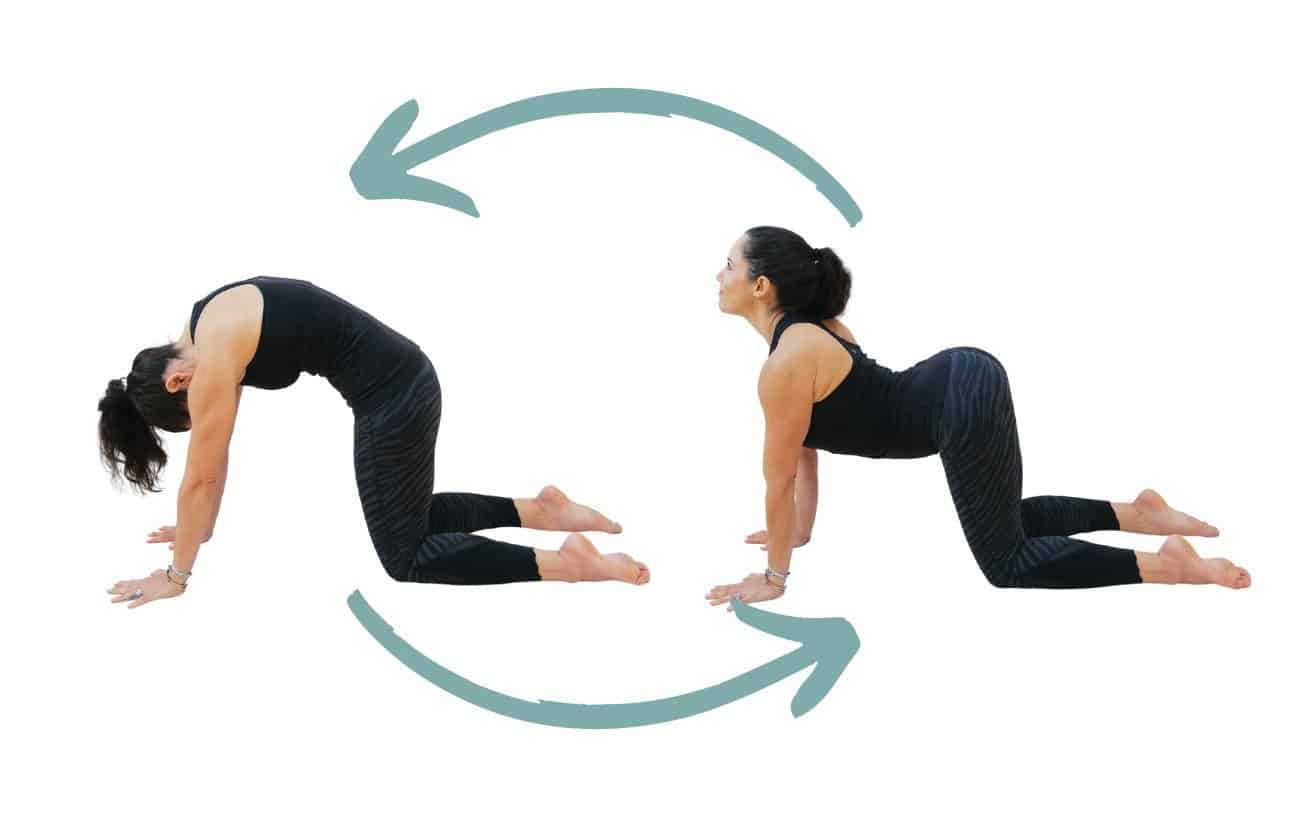7 Simple Stretches to Relieve Your Aching Spine
Lower back pain is a common issue with a variety of causes, ranging from underlying medical conditions like kidney stones or acute pancreatitis to lifestyle factors such as prolonged sitting, repetitive motions, or muscle strain. While not all instances of lower back pain can be cured through stretching, incorporating specific exercises into your routine can provide significant relief and improve the flexibility of the affected muscles.
Understanding the Causes of Lower Back Pain
Lower back pain can be a symptom of several conditions. It is essential to identify whether it is due to a serious underlying health issue, such as kidney stones or pancreatitis, or more common causes like a sedentary lifestyle or a pulled muscle. Recognizing the source of your pain is crucial for determining the appropriate treatment and exercises.
The Role of Stretching in Lower Back Pain Relief
Stretching can be highly beneficial for relieving lower back pain by loosening tight muscles and promoting flexibility. However, it is not a one-size-fits-all remedy. Some stretches may be more effective for certain types of pain, and it is important to perform these exercises carefully, especially if you have existing injuries or health concerns.
Recommended Stretches for Lower Back Pain
Here are seven stretches that can help alleviate lower back pain and improve flexibility:
1. Child’s Pose
Child’s Pose is a traditional yoga pose that gently stretches the gluteus maximus, latissimus dorsi, and spinal extensors. It helps relieve tension along the spine, neck, and shoulders, and promotes relaxation.
How to do Child’s Pose:
- Start on your hands and knees, then sink back through your hips to rest on your heels.
- Hinge at your hips and fold forward, extending your hands in front of you.
- Rest your belly on your thighs and focus on deep breathing.
- Hold for up to 1 minute.
Modifications:
- Place a rolled-up towel under your thighs for support.
- Widen your knees and rest your forehead on a cushion if more comfortable.
2. Knee-to-Chest Stretch
This stretch relaxes the hips, thighs, and glutes, promoting relaxation and tension release in the lower back.
How to do Knee-to-Chest Stretch:
- Lie on your back with both knees bent and feet flat on the floor.
- Draw one knee into your chest, clasping your hands behind your thigh or shin.
- Lengthen your spine to avoid lifting your hips and breathe deeply.
- Hold for 30 seconds to 1 minute, then switch legs.
Modifications:
- Place a cushion under your head for extra padding.
- Wrap a towel around your leg if it’s hard to reach with your hands.
3. Piriformis Stretch
This stretch targets the piriformis muscle in the buttocks, helping to relieve pain and tightness in the lower back.
How to do Piriformis Stretch:
- Lie on your back with knees bent and feet flat on the floor.
- Place your right ankle at the base of your left thigh.
- Pull your left thigh towards your chest until you feel a stretch.
- Hold for 30 seconds to 1 minute, then switch sides.
Modifications:
- Keep your bottom foot on the floor for comfort.
- Rest your head on a cushion for support.
4. Seated Spinal Twist
This classic yoga twist stretches the hips, glutes, and back, increasing spine mobility and stretching the abdominals, shoulders, and neck.
How to do Seated Spinal Twist:
- Sit with legs extended in front of you.
- Bend one knee and place the foot outside the opposite thigh.
- Twist towards the bent knee, placing the opposite arm outside the thigh and the other hand behind for support.
- Hold for up to 1 minute, then switch sides.
Modifications:
- Keep both legs straight if needed.
- Add neck rotations for an extra stretch.
5. Pelvic Tilt
Pelvic tilts strengthen the abdominal muscles, helping to relieve lower back pain and tightness. They also benefit the glutes and hamstrings.
How to do Pelvic Tilt:
- Lie on your back with knees bent and feet flat.
- Engage your abdominal muscles to flatten your back against the floor.
- Hold for up to 10 seconds, then relax.
- Do 1 to 3 sets of 3 to 5 repetitions.
6. Cat-Cow Stretch
Cat-Cow is a gentle way to wake up your spine, stretching the shoulders, neck, and chest.
How to do Cat-Cow Stretch:
- Start on your hands and knees in a tabletop position.
- Inhale as you look up, allowing your belly to drop.
- Exhale as you arch your spine towards the ceiling, tucking your chin.
- Continue for 1 to 2 minutes.
Modifications:
- Place your hands slightly forward if you have wrist concerns.
- Use a cushion under your knees if needed.
7. Sphinx Stretch
The Sphinx stretch is a gentle backbend that stretches and strengthens the spine, buttocks, and chest.
How to do Sphinx Stretch:
- Lie on your stomach with elbows under your shoulders, hands extended in front.
- Engage your lower back, buttocks, and thighs as you lift your head and chest.
- Breathe deeply and hold for 30 seconds to 1 minute.
Frequently Asked Questions
What stretches help lower back strain?
Gentle stretching and yoga poses can relieve tension and loosen tight muscles in the lower back.
Should I stretch my lower back if it hurts?
If gentle stretching causes pain, it is best to consult a doctor to determine the cause. Imaging such as X-rays or MRIs may be necessary for a proper diagnosis, and additional treatments like medication, physical therapy, injections, or surgery might be required.
The Bottom Line
Your lower back plays a crucial role in daily activities, from walking and running to simply getting out of bed. Regular stretching can help maintain flexibility, relieve tension, and build strength in this vital area. Always listen to your body and consult a healthcare professional if you experience persistent pain.

:max_bytes(150000):strip_icc()/GettyImages-668296954-5e96103d62e04a08a0cfaaa039c2bf26.jpg)
:max_bytes(150000):strip_icc()/Depositphotos_13398162_original-56a05ed03df78cafdaa14c1b.jpg)





Comments
Post a Comment